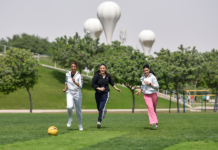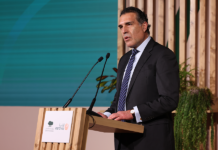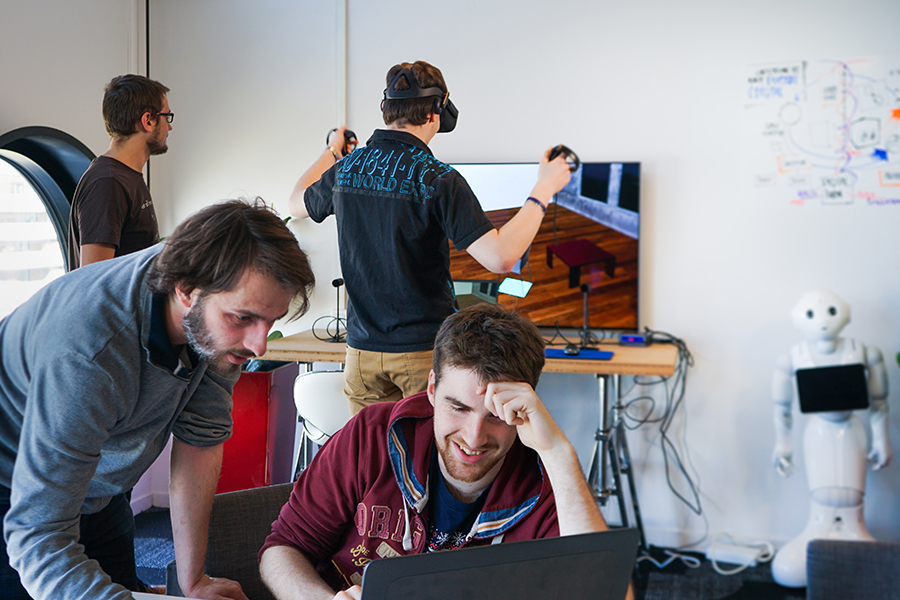
There can be few companies anywhere in the world today that are not investing intensively in digital transformation and in trying to find new ways to unlock value from the data they hold.
According to France-based consultancy Gfi Group, in their desperation to innovate many of those businesses are going down the wrong path. The innovations that will breathe new life into an organisation will not come from long-established research departments doing what they have always done, but from a new approach to technological change that is open to outside influences and embraces the unknown.

“When we are discussing innovation with our clients, we often talk about serendipity,” explains Jean-Francois Gaudy, Executive Vice President and Chief Innovation & Digital Officer at Gfi.
“An example of serendipity is the discovery of the recipe for tarte tatin, which was a complete surprise to the chef. You have to create the right conditions in order to invent something unexpected – we tell our customers that if they carry out the same activities in the same place, they won’t create the conditions for serendipity and for innovation.”

Buzz spoke to Jean-Francois Gaudy about how Gfi is helping organizations reinvent themselves, with the help of new use-cases for state-of-the-art technologies such as Augmented Reality and Virtual Reality.
What does Gfi do differently when it comes to digital transformation?
We don’t come to our clients with the same thing they are getting from everyone else. Our aim is to push harder and create something that is interesting for them, for Gfi and for the end-customer.
We have a different approach. We demonstrate to our clients the latest innovations in the market and we develop use cases that have never been done before. We are not interested in yet another proof-of-concept. We want to maximize the chance that what we are doing will go to market. We have a very pragmatic approach to innovation.
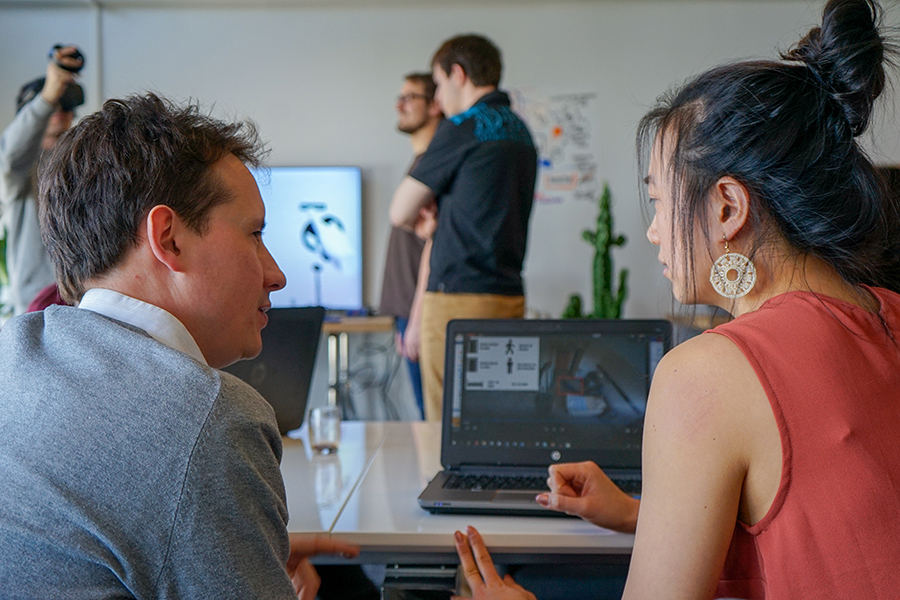
How does Gfi create the conditions for serendipity?
We run unique research labs in Madrid, Paris, Lyon, Lisbon and Ghent, bringing industry and universities together. We are opening a new lab in Brussels. We break down the barriers between different functions and in that way we can create something new. In these labs, researchers are developing new technologies and new uses for those technologies. Unlike most tech companies, we measure the performance of our researchers by the number of papers they publish and the quality of papers they release in scientific publications.
“Using virtual reality, we can create the conditions to train people in almost any activity”
Jean-Francois Gaudy, Executive Vice President, Chief Innovation & Digital Officer, Gfi Group
Tell us about some of the latest technologies developed in these labs.
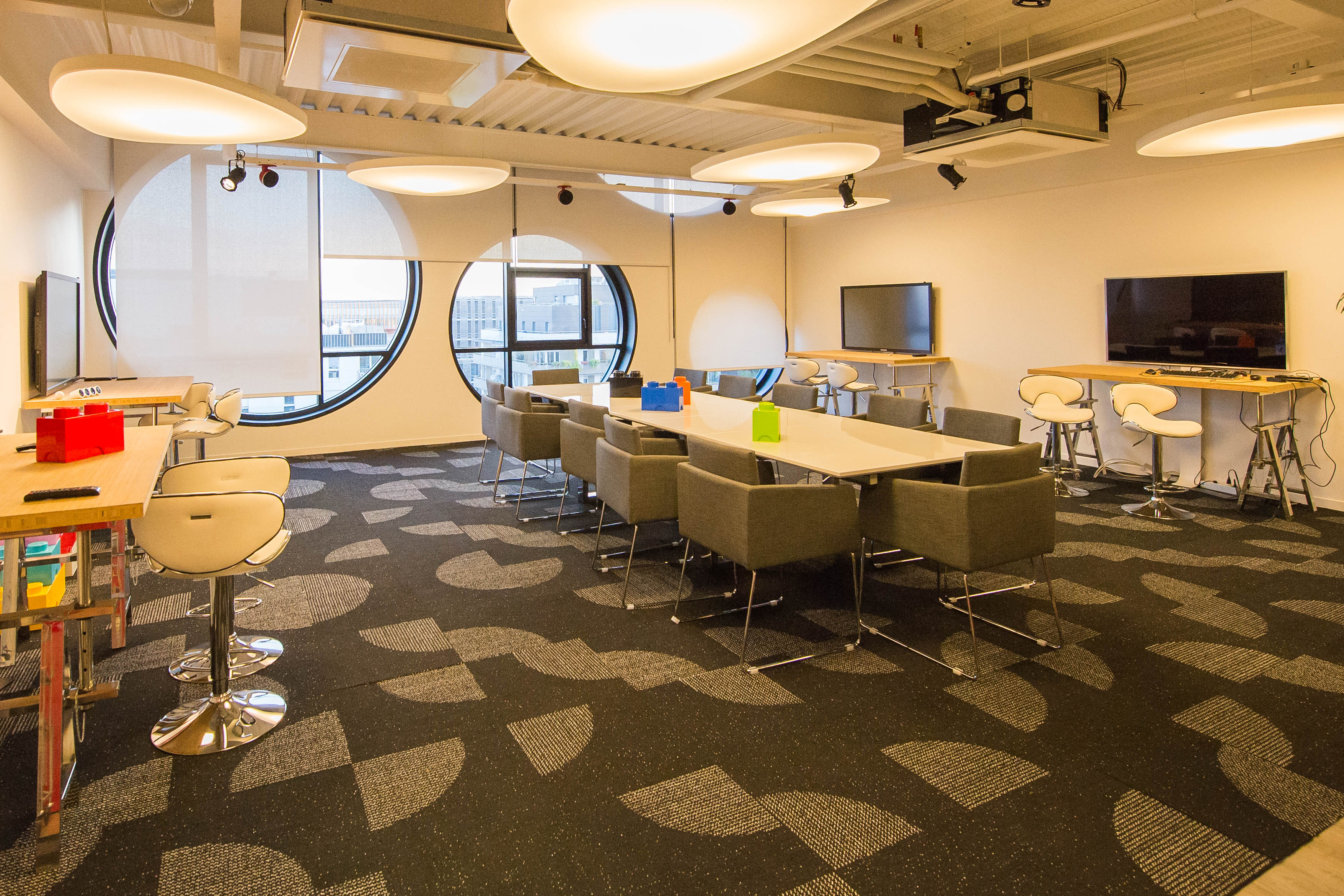
We think there is a lot of promise in virtual reality. For instance, our labs have developed with our partners the UMI3D protocol, which enables people wearing AR/VR headsets to work together in the same workspace in real time, even if they are working remotely. The protocol can deliver collaborative virtual reality with multiple devices, which is a first for the market.
People know about the technology because of gaming, but there are many more possible use cases. For example, we could use it to can build virtual factories before they physically exist. Or retail stores could use UMI3D for training and for security. It could be very helpful in training people in how to react to an unfamiliar situation. There are even applications in medicine – a patient could be examined first in virtual reality.

What is the potential for digital technology in the healthcare sector?
Health is an important area for Gfi. We are partnering with a hospital in Paris to test ways of increasing the connectivity of hospital rooms, using a network of infrared cameras and sensors attached to patients after surgery. This could save lives. We could even extend that system into the patient’s home, to ensure that they receive a high level of care when they leave hospital.
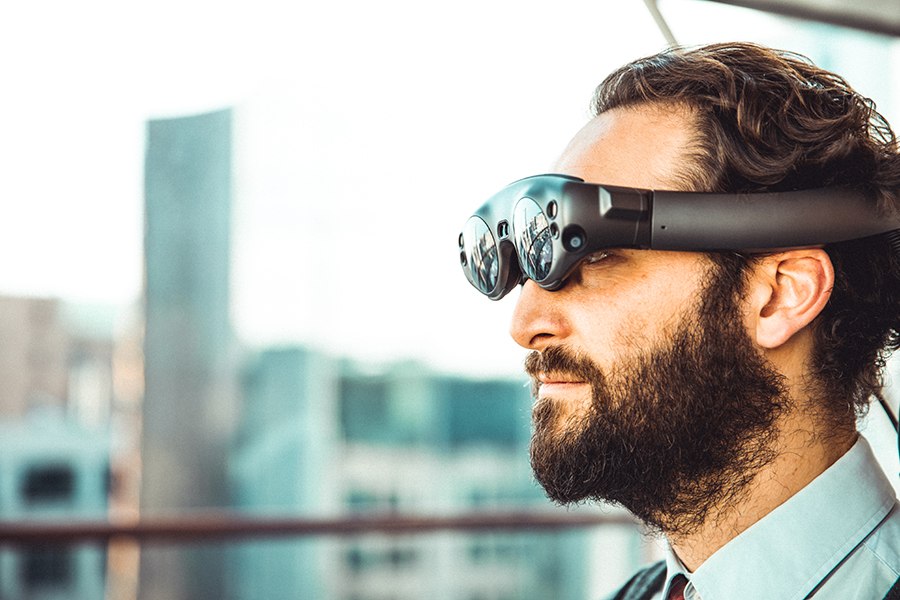
We are also working with the same hospital on virtual and augmented reality. Surgeons could use AR/VR to train other doctors in heart surgery. There are not enough heart surgeons, and this technology will speed up the training process. So it is another potential life-saver![]()



















